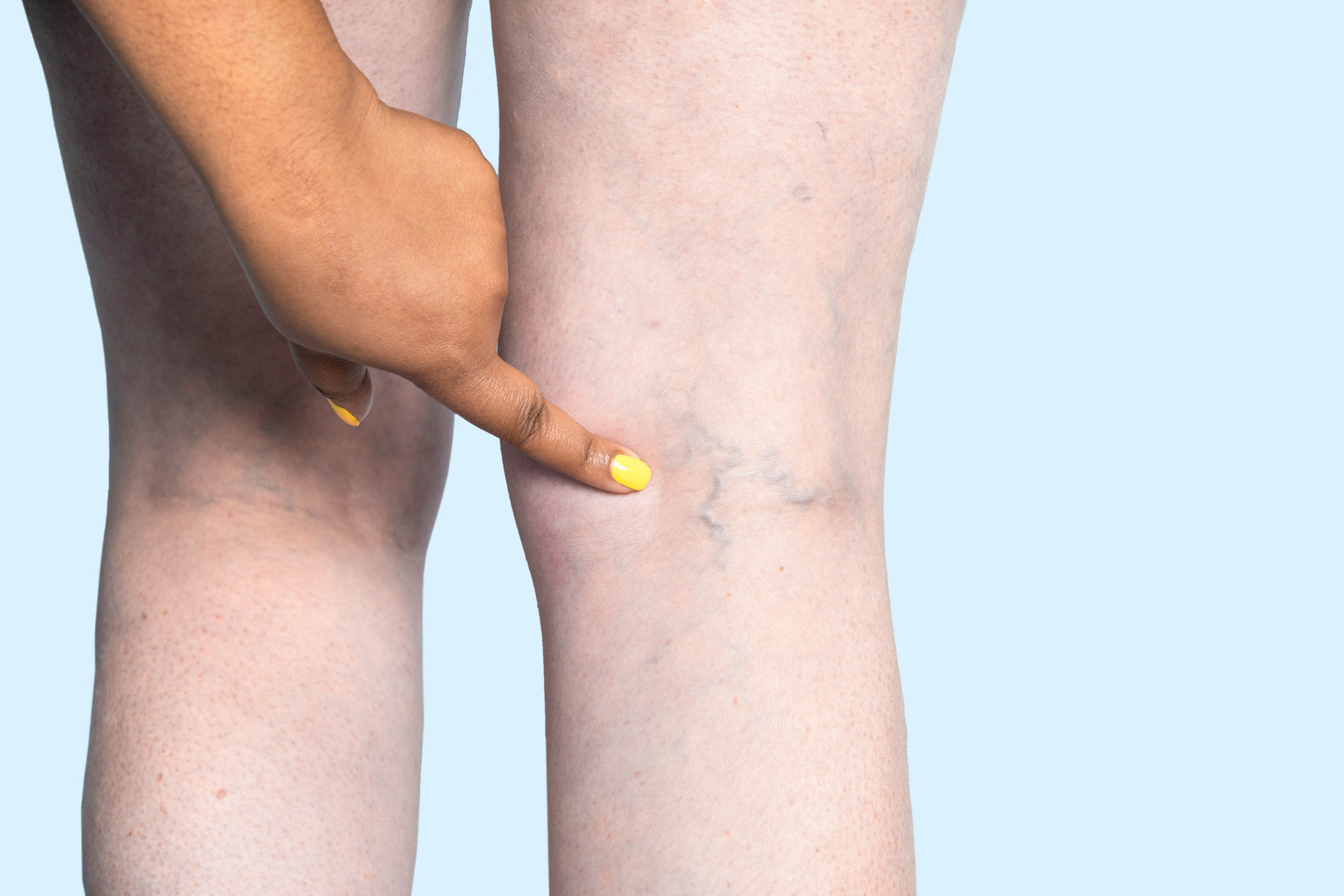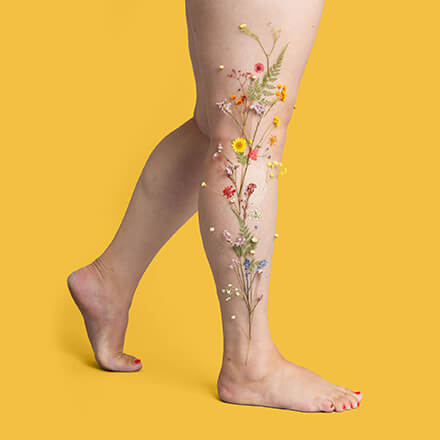One-third of adults in the USA suffer from chronic venous insufficiency. Here’s what it is, why it occurs, and how to treat it.
Chronic venous insufficiency, or CVI, is a condition that occurs when your veins can’t efficiently pump blood back to your heart. This leads to poor circulation in the legs and causes bulging veins, leg ulcers, and intense leg pain if left untreated.
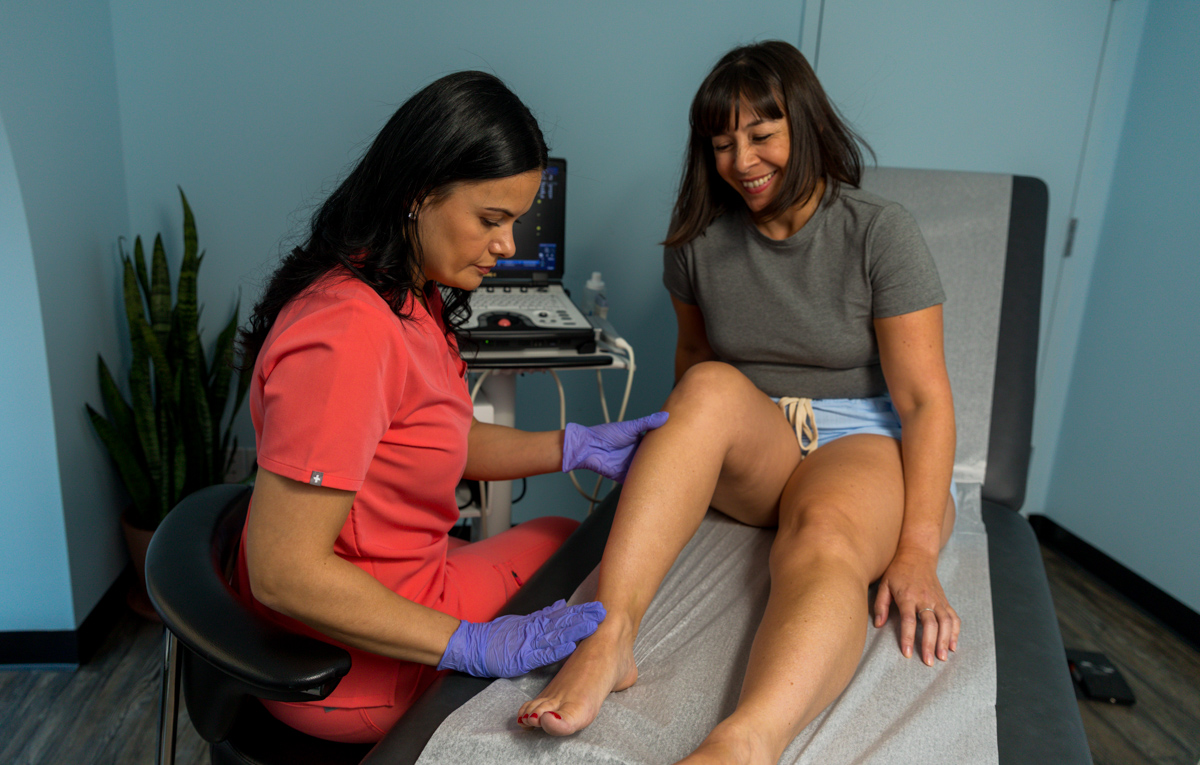
Chronic venous insufficiency is no small problem, and is said to affect approximately 40% of the U.S. adult population at some point in their lives. That’s more than one out of every three adults!
When left untreated, CVI can lead to serious vein diseases, leg ulcers, or numb and discolored legs, along with red, blue, and purple visible veins. Luckily, treatment for chronic venous insufficiency is available, and covered by medical insurance.
If you’ve heard the terms venous insufficiency, VI, CVI, or chronic venous insufficiency, they essentially mean the same thing, and we use these terms interchangeably.
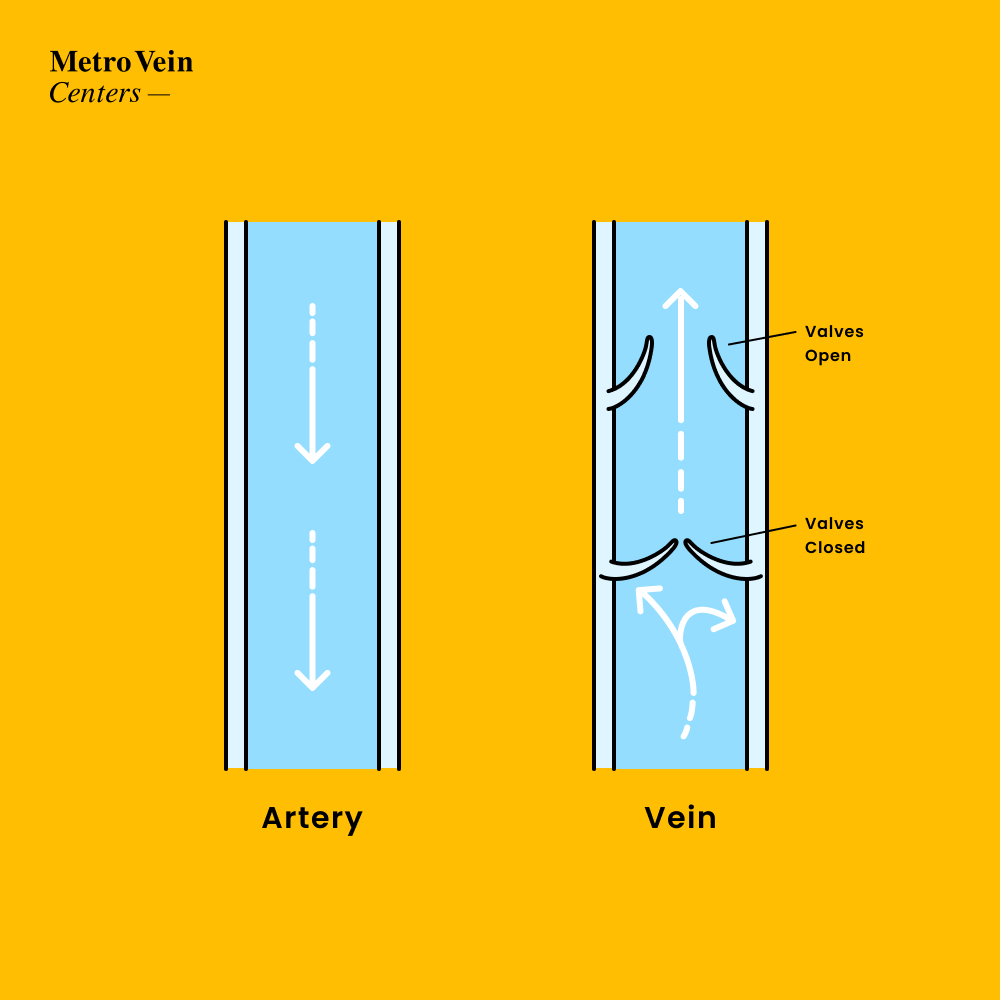
What IS Chronic Venous Insufficiency?
Veins are a crucial part of our bodies. Veins help pump blood from the bottom of your feet all the way back to your heart. Your arteries pump that oxygenated blood from your heart to all your extremities, and your veins again pump the deoxygenated blood back to your heart, and the process never stops. This cycle is literally what keeps your arms, hands, legs, and feet moving. And while the medical field speaks constantly about the heart, not enough attention is given to our vital veins that run throughout the whole body.
What happens when our veins malfunction? Well, when any of the different veins in our system are weakened and can’t do their jobs, they loosen and thus can’t stop blood from pooling within your veins. This is what causes your veins to bulge and become raised, twisted, and visible in your legs.
It’s not just uncomfortable; it’s not good for your overall health. When veins expand and blood can’t get back to your heart, this confusion results in not just varicose veins, but leg pain, swelling and rashes, discolored and malfunctioning legs and feet, and serious health risks.
What Causes Chronic Venous Insufficiency?
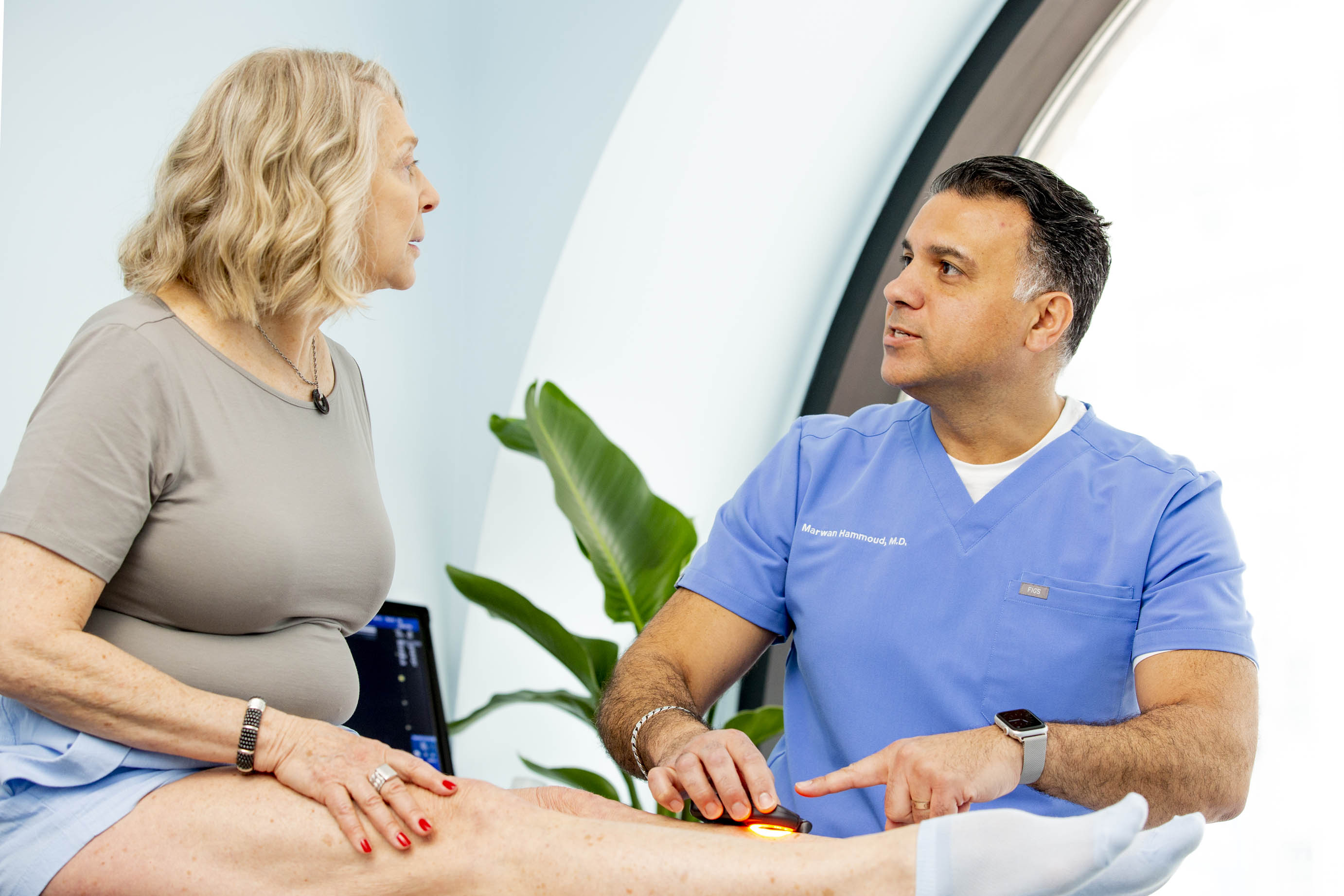
Though chronic venous insufficiency can be caused by many factors, some of the major ones include:
· Obesity
· Genetics
· Pregnancy
· Lack of exercise
· Poor diet
· Age
· Long periods of standing or sitting most days
Signs & Symptoms of Chronic Venous Insufficiency
Signs that you may be suffering from CVI can be visual and/or physical. You may feel cramping, achiness, itching, tingling, or pain in your legs. Quite frequently, patients with chronic venous insufficiency feel a kind of dull, heavy discomfort or consistent pain in one or both legs. Symptoms may worsen at night or on hot days, and typically affect adults over the age of 40.
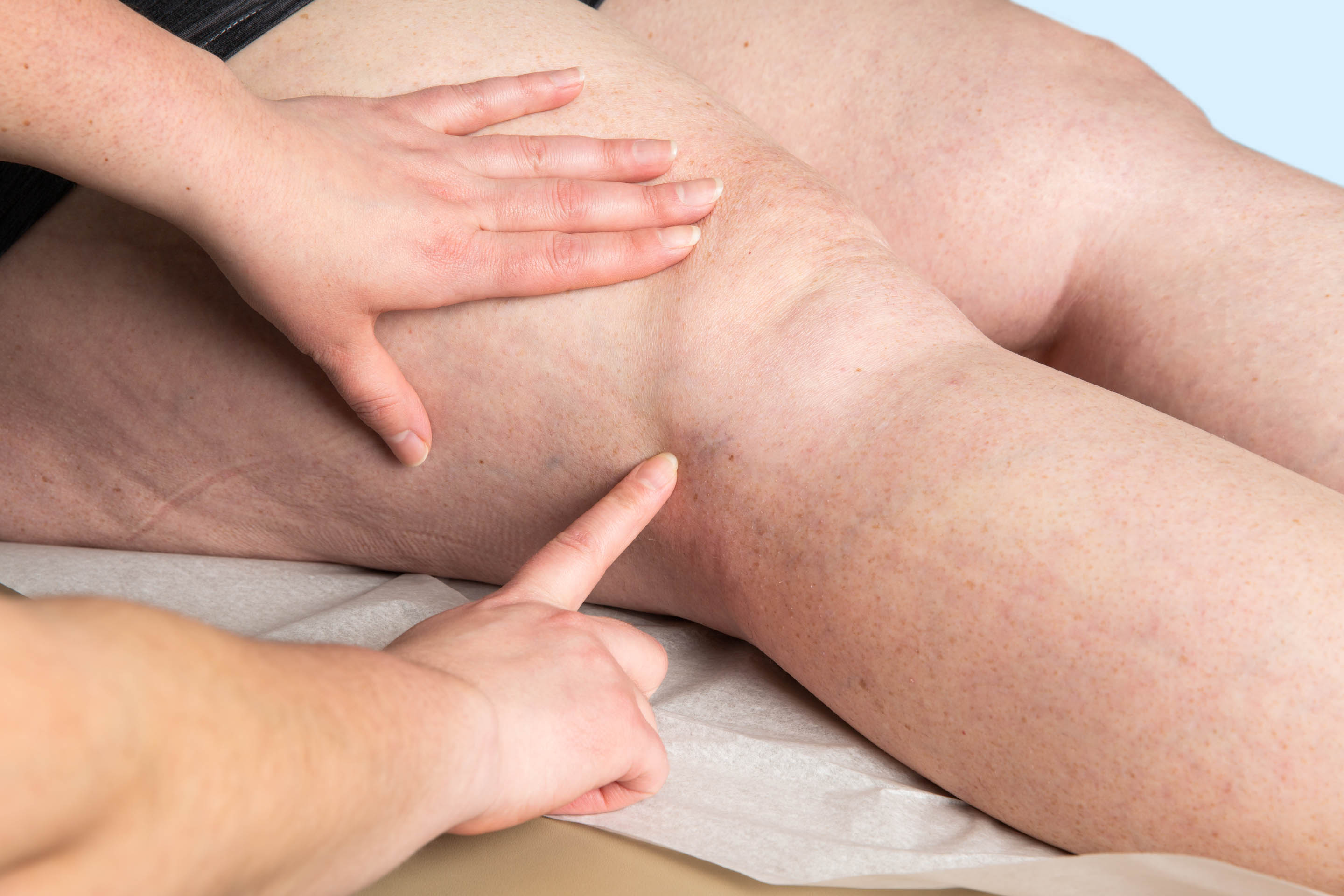
Upon inspection, you may have bulging varicose veins, spider veins, sagging skin, skin ulcers, red or colorless skin, or more.
When patients come in to Metro Vein Centers with leg problems, we do a thorough exam as well as ask questions about health, family history, and habits. Our vein doctors will use an ultrasound examination to get an even deeper understanding of what’s happening in your legs. And luckily, effective, minimally invasive treatments for CVI exist and are offered right in our vein clinics.
Chronic Venous Insufficiency Treatments & Remedies
Though only medical treatment can improve your vein disease condition, there are some at-home remedies to temporarily help alleviate symptoms.
These include exercising, wearing compression stockings, eating a more balanced diet with plenty of water intake, and maintaining a healthy weight. Avoiding sitting for long periods of time or being on your feet all day without rest can also sometimes help. You can also elevate your legs to help increase blood flow, or take over-the-counter medicines such as Tylenol. While not long-term solutions, these remedies may help you feel better.
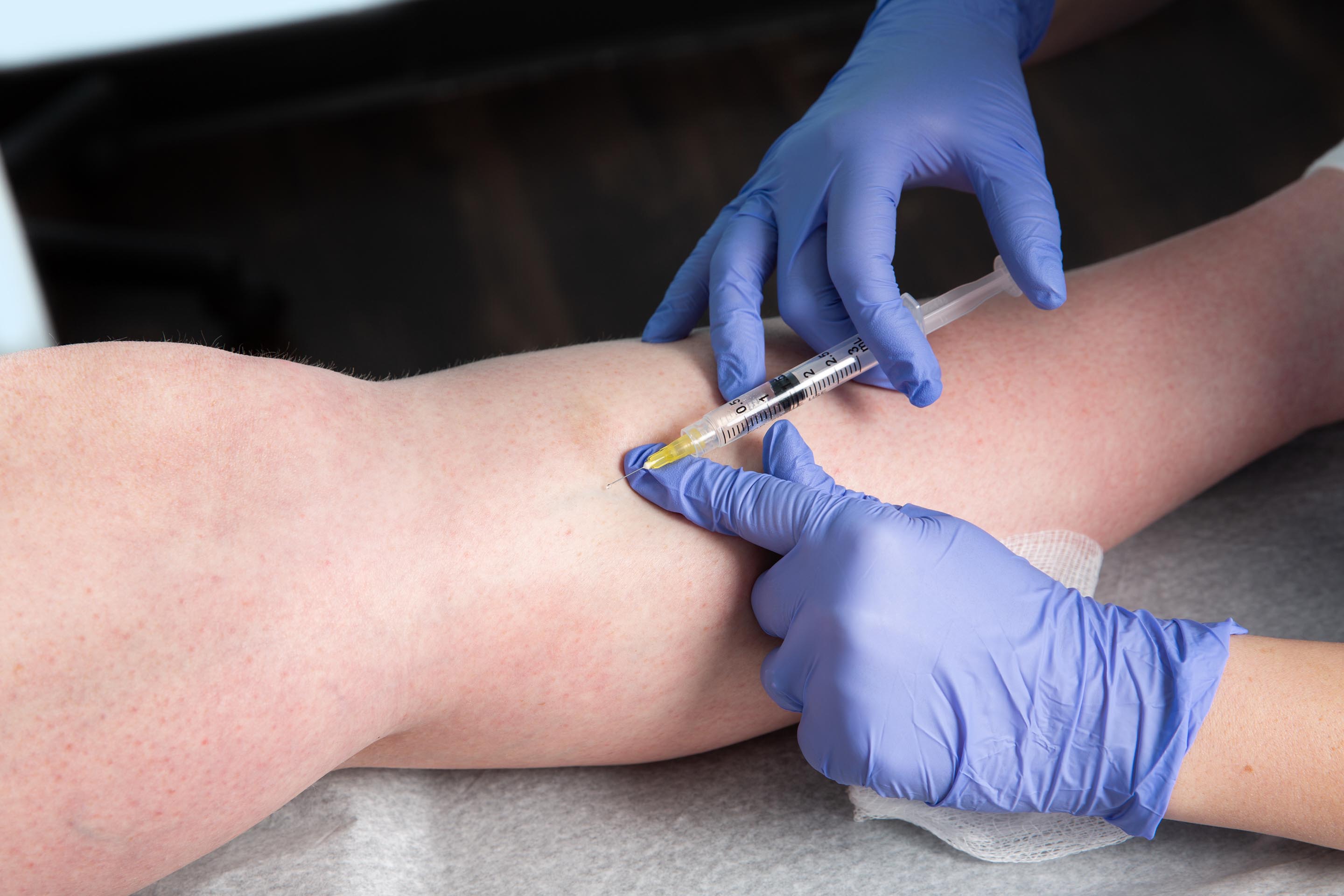
Still, the best and most long-lasting solutions for CVI are being in good health and getting professional vein treatment from a vein center near you.
Treatment for chronic venous insufficiency includes several minimally invasive procedures, all available from our board-certified vein specialists at our state-of-the-art vein treatment clinics in Michigan, Connecticut, New Jersey, Texas, and New York.
These procedures include:
· EVLA, or Endovenous Laser Ablation
· RFA, or Radiofrequency Ablation
· Varithena
· Sclerotherapy
· Microphlebectomy
The Sooner You Consult with a Vein Doctor, the Better
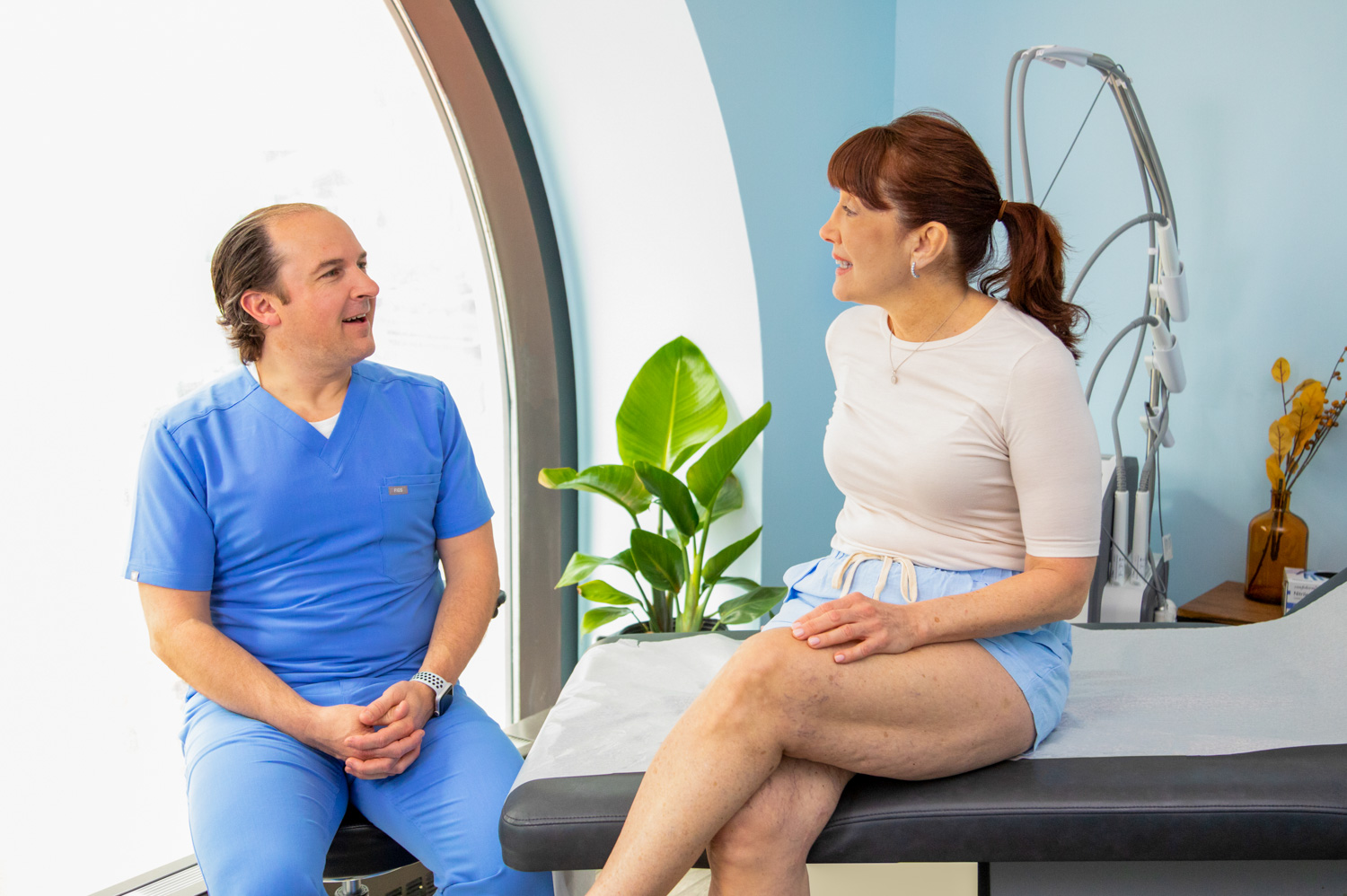
Because vein disease and CVI is a progressive disease, it won’t go away over time. As a matter of fact, symptoms will only worsen as you age. Fortunately, chronic venous insufficiency treatments are incredibly successful, with very little pain and little-to-no down time following your treatment.
Schedule your initial evaluation here, and our vein specialists will work with you to get you looking and feeling better right away. Believe us, it’s worth it!

Trusted insight from the nationally accredited, board-certified vein doctors at Metro Vein Centers.


